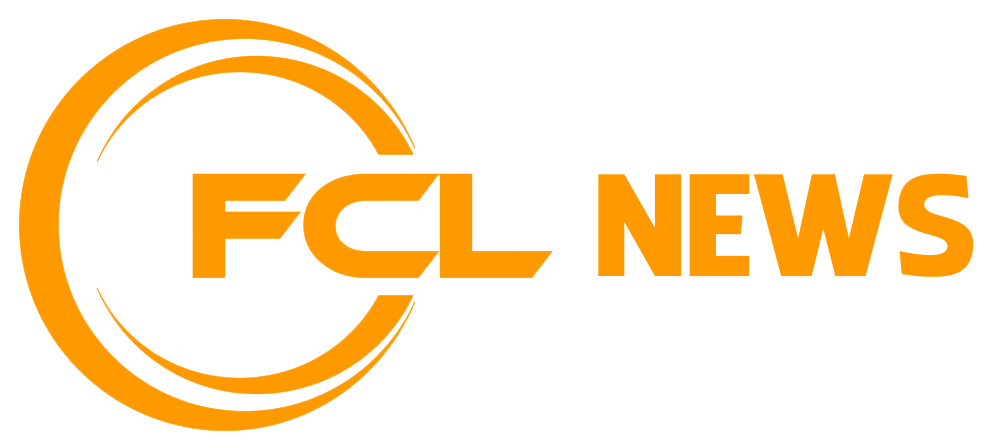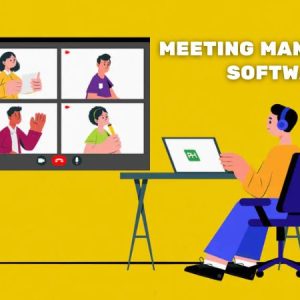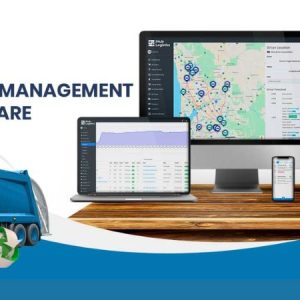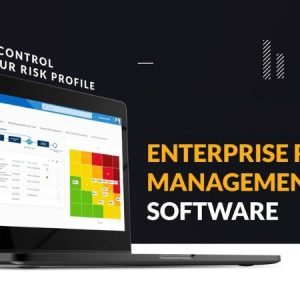In the fast-paced and dynamic landscape of modern workplaces, efficiency and organization are paramount. As businesses strive to stay competitive and adapt to evolving demands, the need for effective management tools becomes increasingly evident. Enter workplace management software—a versatile array of solutions designed to streamline various aspects of organizational operations. From task coordination to employee engagement, these platforms play a pivotal role in optimizing workflow and enhancing productivity. Let’s discover with Fanclup.info in the following today,
The Role of Workplace Management Software
Task and Project Management:
The essence of workplace management software lies in its capacity to seamlessly coordinate tasks and projects. Platforms such as Asana, Trello, or Monday.com empower teams to deconstruct intricate projects into manageable tasks, delegate responsibilities, establish deadlines, and monitor progress in real-time. By consolidating project-related communication and documentation within a centralized platform, these tools facilitate collaboration and ensure alignment across team members, thereby enhancing productivity and efficiency in the workplace.
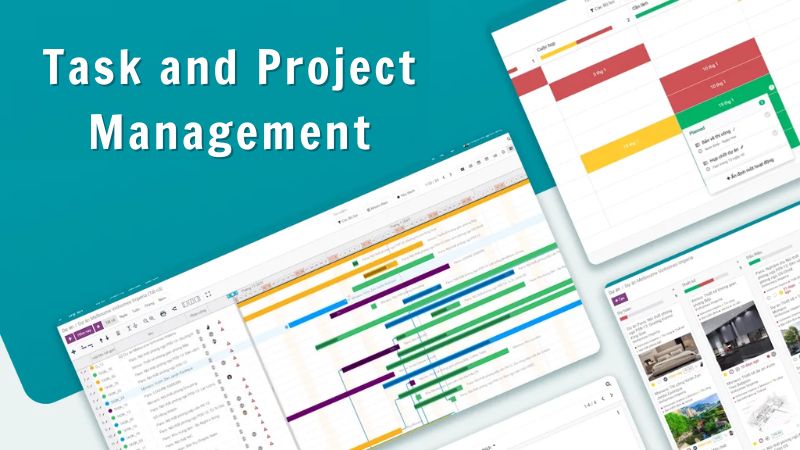
Communication Tools:
Effective communication forms the backbone of any successful organization. Workplace management software such as Slack, Microsoft Teams, or Discord facilitates instant messaging, video conferencing, and file sharing among team members. Whether employees are working remotely or in-office, these platforms enable swift communication, fostering collaboration and reducing the barriers posed by geographical distance.
Time Tracking and Attendance:
Monitoring employee time and attendance is crucial for maintaining productivity and managing resources efficiently. Workplace management software like Toggl or Harvest automates the process of tracking billable hours, managing attendance records, and generating accurate timesheets for payroll purposes. By providing insights into how time is allocated across various tasks and projects, these tools empower organizations to optimize resource utilization and improve project planning.

Employee Scheduling:
Creating and managing employee schedules can be a daunting task, especially for businesses with dynamic staffing needs. Tools like When I Work or Deputy simplify the scheduling process, allowing managers to create shifts, assign roles, and handle shift swaps with ease. By providing visibility into employee availability and automating schedule adjustments, these platforms ensure smooth operations while accommodating the diverse needs of both employees and employers.
HR Management:
Managing human resources encompasses a wide range of responsibilities, from recruitment and onboarding to performance management and compliance. Workplace management software such as BambooHR or Workday centralizes HR functions, streamlining processes such as employee onboarding, performance evaluations, payroll processing, and regulatory compliance tracking. By digitizing HR workflows and data management, these platforms reduce administrative burdens and empower HR teams to focus on strategic initiatives that drive organizational growth.
Facilities Management:
Efficiently managing physical workspaces and facilities is essential for creating a conducive environment for productivity and collaboration. Workplace management software like iOFFICE or ServiceNow helps organizations streamline facilities management tasks, including room booking, equipment maintenance, and workspace optimization. By providing insights into space utilization and maintenance requirements, these platforms enable organizations to optimize resource allocation and enhance employee satisfaction.
Employee Engagement and Feedback:
Engaged employees are more productive, innovative, and committed to the success of the organization. Workplace management software such as Officevibe or 15Five facilitates continuous feedback loops between managers and employees, enabling organizations to measure employee engagement, collect feedback, and address concerns in a timely manner. By fostering open communication and transparency, these platforms cultivate a positive work culture where employees feel valued and motivated to contribute their best.
Document Management:
Efficient document management is essential for maintaining organizational knowledge and facilitating collaboration among team members. Platforms like Google Workspace or Microsoft Office 365 provide robust document management tools, allowing users to create, store, and share documents, spreadsheets, and presentations collaboratively. By centralizing document storage and version control, these platforms ensure that employees have access to the latest information and can collaborate seamlessly on projects.

Expense Management:
Managing expenses effectively is critical for maintaining financial health and ensuring transparency in spending. Workplace management software such as Expensify or Concur streamlines the process of submitting, approving, and reimbursing employee expenses, as well as tracking company spending. By automating expense reporting workflows and providing real-time insights into spending trends, these platforms help organizations control costs and make informed financial decisions.
Workflow Automation:
Automation is revolutionizing the way businesses operate, allowing them to streamline repetitive tasks and improve overall efficiency. Platforms like Zapier or Microsoft Power Automate enable users to automate workflows by integrating various software applications and triggering actions based on predefined conditions. From sending automated notifications to updating database records, workflow automation empowers organizations to optimize processes and focus their resources on value-added activities.
Final Thougth
In conclusion, workplace management software plays a crucial role in optimizing organizational operations and enhancing productivity. From task coordination to employee engagement, these platforms offer a diverse array of tools designed to streamline workflows, foster collaboration, and empower employees to perform at their best. By embracing workplace management software, organizations can gain a competitive edge in today’s rapidly evolving business landscape and position themselves for long-term success.
